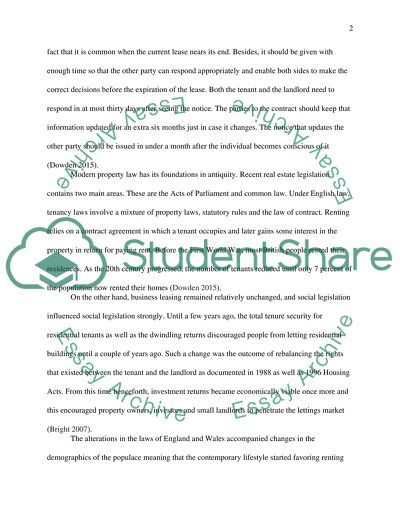Cite this document
(“The Significance Of The Landlord And Tenant Act 1954 Essay”, n.d.)
Retrieved from https://studentshare.org/law/1701248-the-significance-of-the-landlord-and-tenant-act-1954
Retrieved from https://studentshare.org/law/1701248-the-significance-of-the-landlord-and-tenant-act-1954
(The Significance Of The Landlord And Tenant Act 1954 Essay)
https://studentshare.org/law/1701248-the-significance-of-the-landlord-and-tenant-act-1954.
https://studentshare.org/law/1701248-the-significance-of-the-landlord-and-tenant-act-1954.
“The Significance Of The Landlord And Tenant Act 1954 Essay”, n.d. https://studentshare.org/law/1701248-the-significance-of-the-landlord-and-tenant-act-1954.


